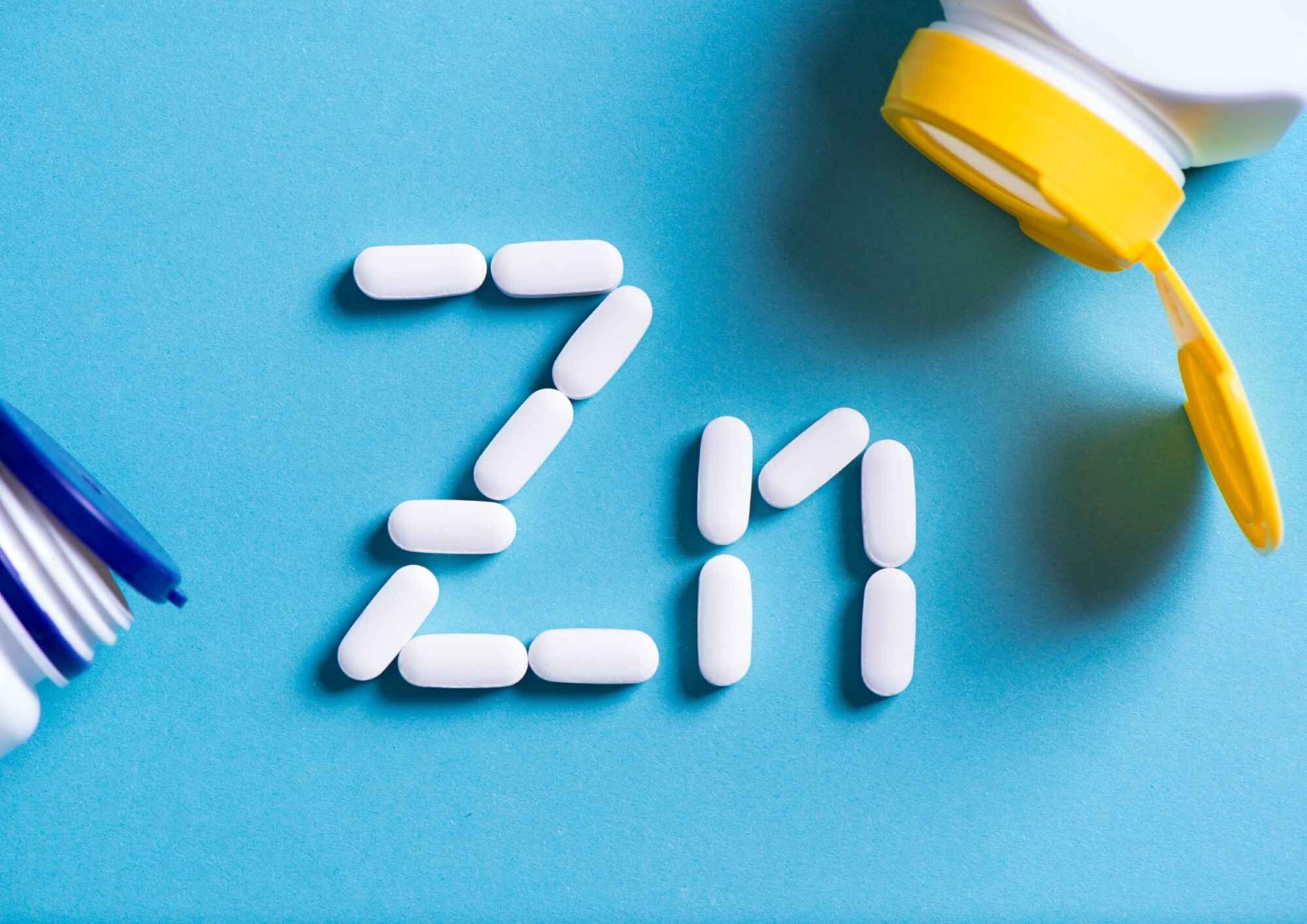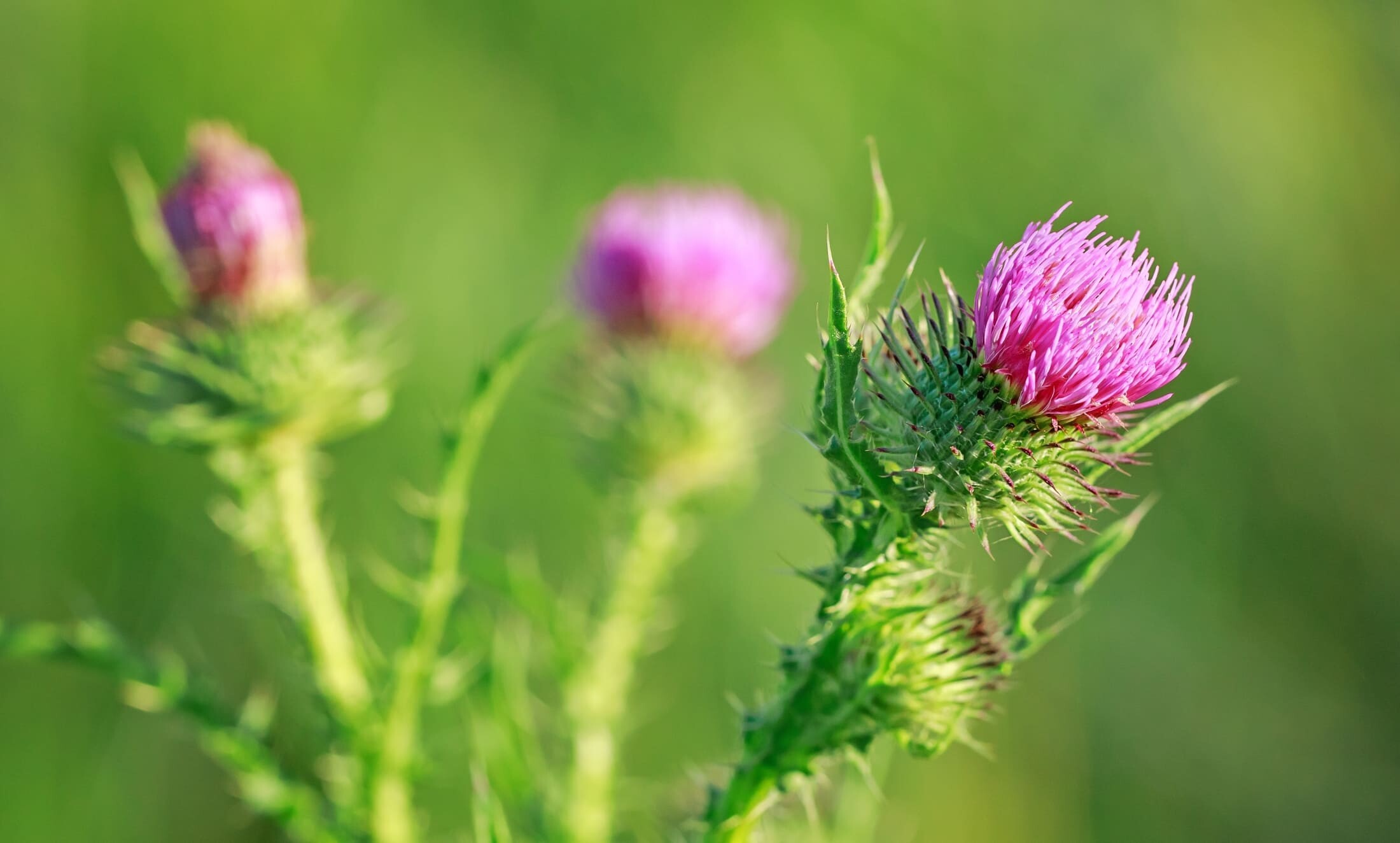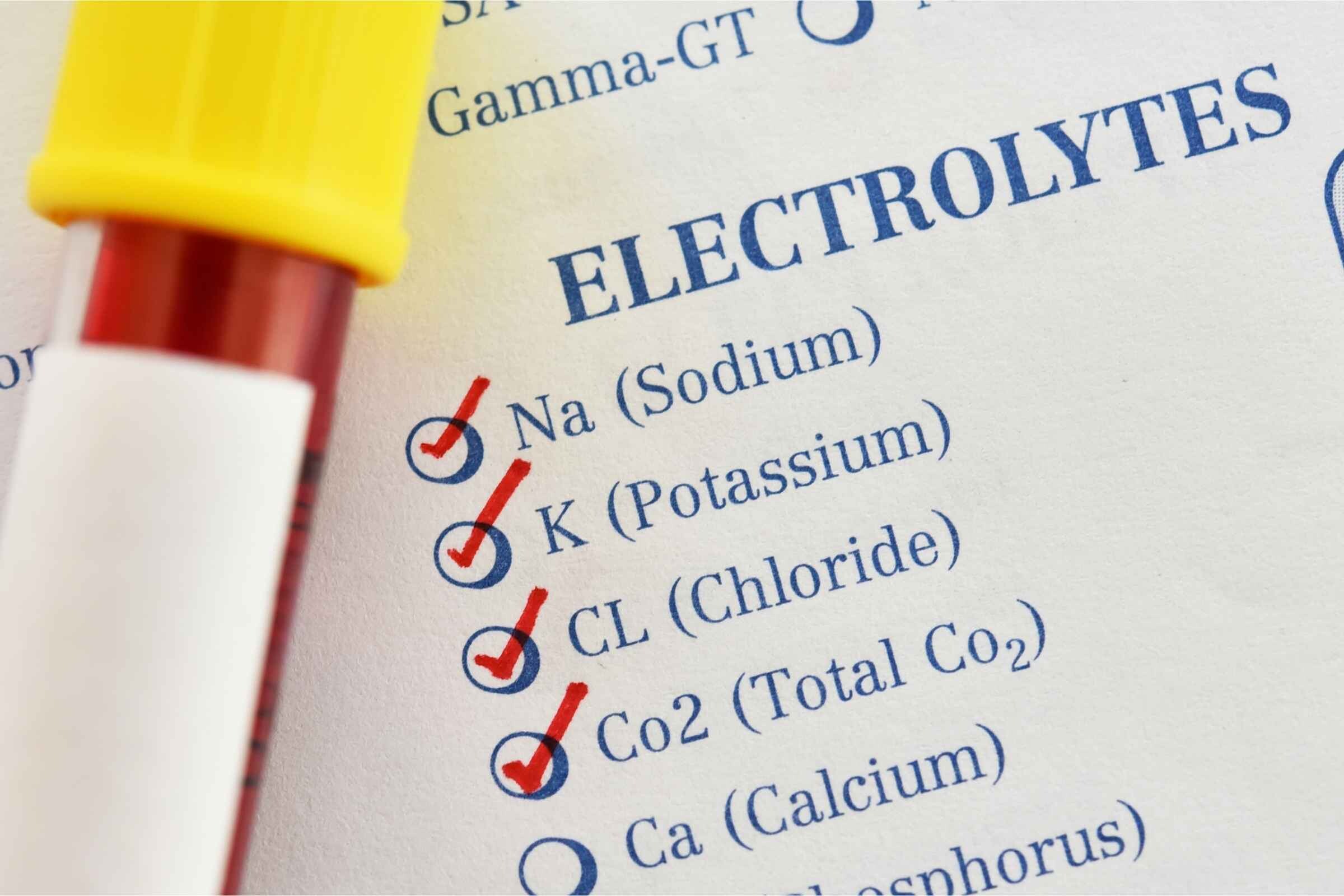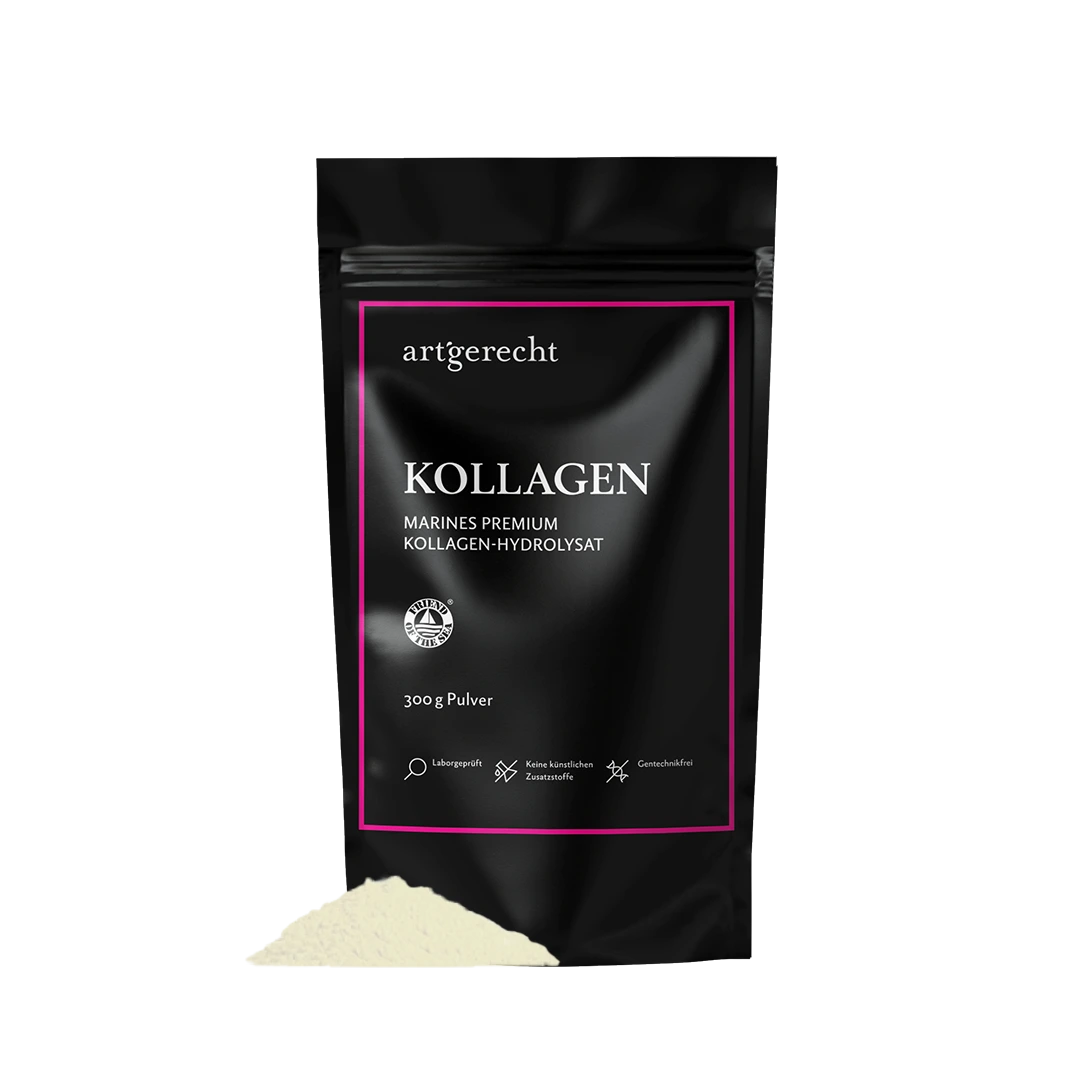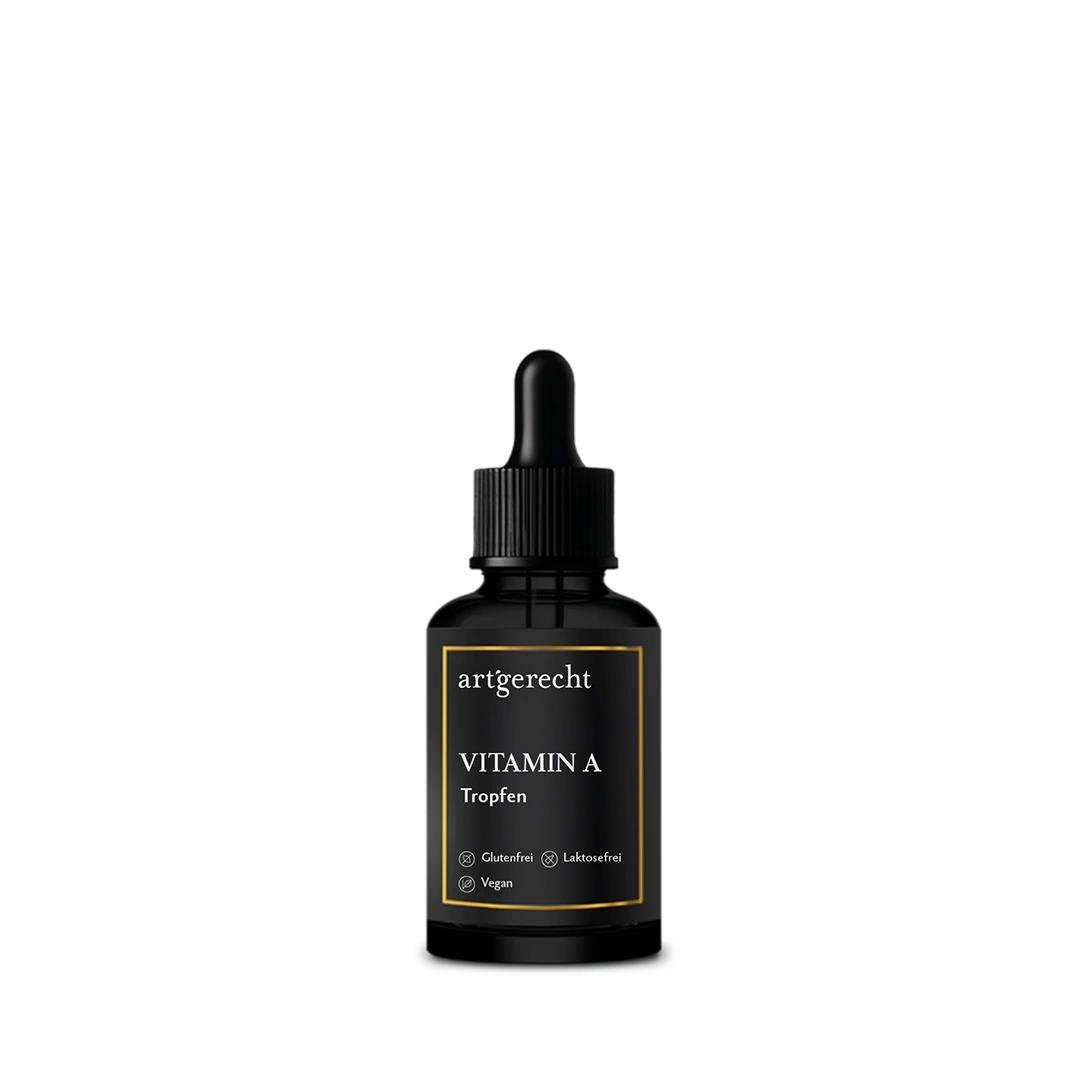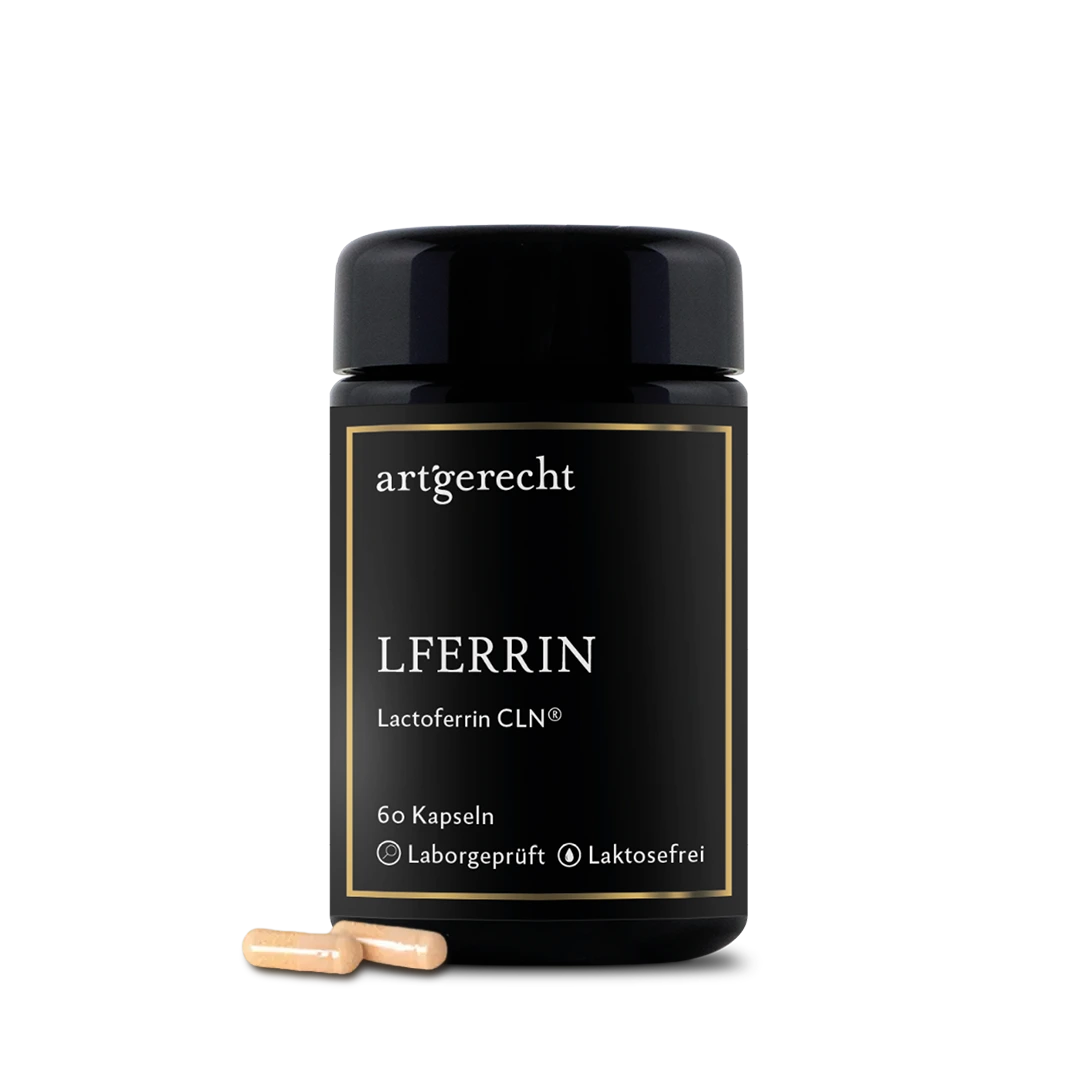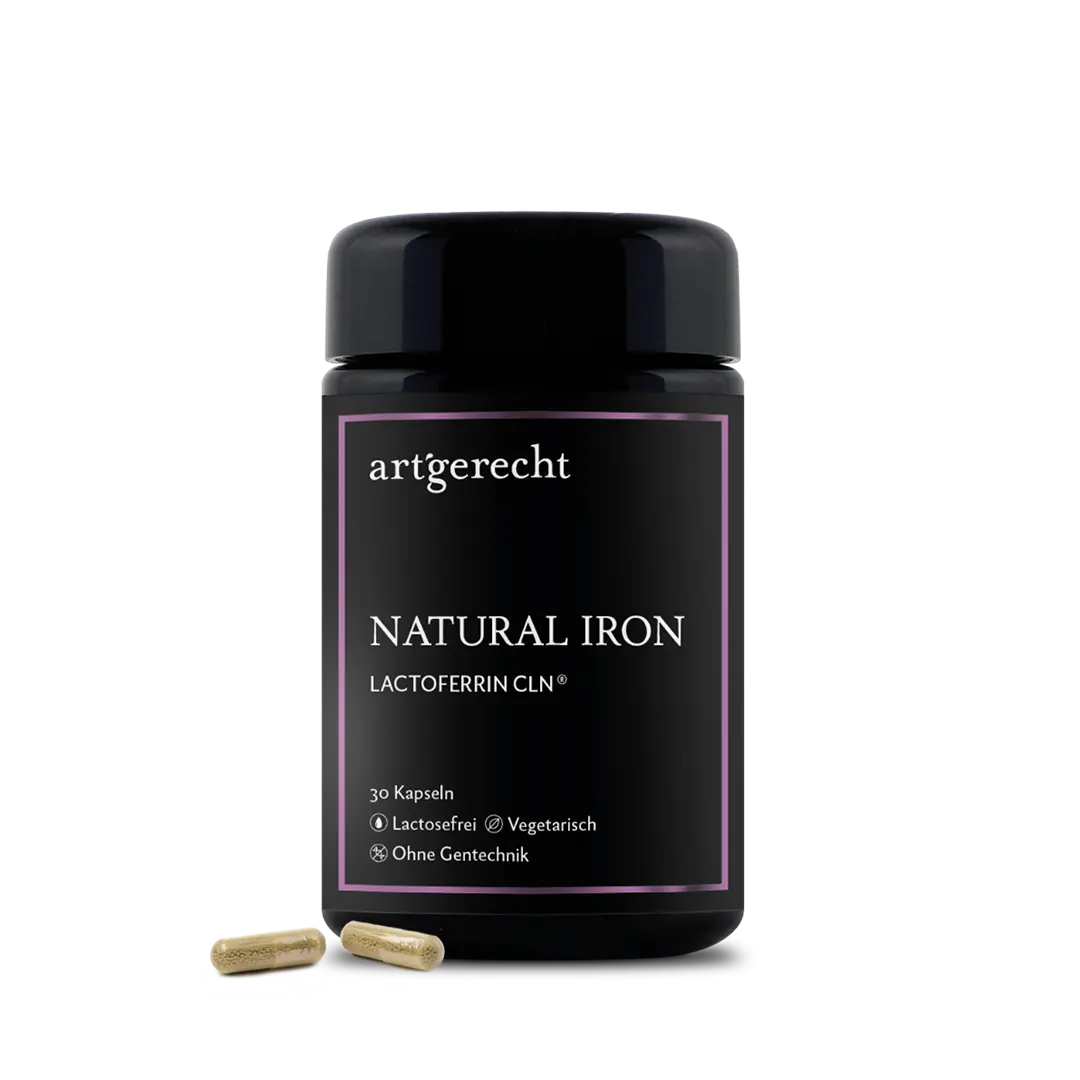- What are tensions?
- Causes of muscle tension and pain
- How do tensions arise?
- Why are tensions so common in the shoulder and neck area?
- What to do with muscle tension?
- Avoid hot water bottles or warming plasters in the long term
- The best tips to prevent tension
- Food as medicine for chronic pain:
- These are the foods I should avoid:
- When to go to the doctor?:
Muscle tension is a tiresome topic. They affect our mood and impair our well-being. Pulling pains - and even headaches and migraines - are triggered by strained muscles. But where does this pain come from, what can you do about it and why is it mostly in the shoulder and neck area?
What are tensions?
Tension is usually an involuntary contraction (contraction = tightening) of the muscles that lasts for a long time (several days to weeks). Typically, the tense muscles are located in the shoulder and neck area and rarely in other areas. The tension is often accompanied not only by an unpleasant feeling, but also by pain. The pain itself is often described as pulling, stabbing or even dull and can also spread to the arms and thoracic spine via the shoulders and neck. In addition, a headache can develop, which spreads via the back of the head to the temples. As a result of the muscle tension, movement restrictions often occur in the cervical spine, making it increasingly difficult to look over the shoulder when driving.
Causes of muscle tension and pain
It is often the office workplace where we notice tension most clearly. For this reason, it is not surprising that sitting for long periods, holding the head in a forward position and performing always the same movements are the main causes of tension./strong> over a long period of time, coupled with a one-sided posture, are the most important risk factors for tension [1]. Interestingly, however, physical overload during sport or at the workplace is also mentioned [2]. However, not only physical overload and underload, but also psychological factors play a role. It has been shown that increased stress levels in the workplace also represent a risk factor[3].
How do tensions arise?
There are various theories as to how tension can arise. However, research now assumes that inflammatory processes are responsible for shoulder and neck tension [4]. There is an increased circulation of inflammatory messengers in the blood, which lead to changes in the tissue and ultimately to tension.
This also explains why different risk factors can lead to the same result. If we examine these more closely, we find that both a sedentary or too inactive lifestyle as well as too much physical strain or chronic stress increase the production of inflammatory substances;inflammation-promoting messenger substances [5] [6] [7].
Why are tensions so common in the shoulder and neck area?
If tension is caused by too many circulating inflammatory messenger substances, why does the shoulder and neck area tense up so often? The answer lies in the neural supply during a stress reaction. When we are stressed, several muscle groups, including the shoulder and neck muscles, are reflexively tensed, which serves to protect us. Regions close to the head are particularly affected, as our head with the brain is the most important control center of the body and is therefore considered „particularly worthy of protection“. The constant neural activation during chronic stress causes inflammatory irritation[8] [9] [10] [11] [12]. What's more, nowadays people hardly use their shoulder and neck muscles in everyday life, which is why there is no interruption to this „vicious circle“.
What to do with muscle tension?
The basic recipe is to reduce the production of inflammatory messenger substances. This is best achieved through regular exercise, which also acts as a protective factor for tension.for tension [13]. As a general rule, however, you should not start with a high-threshold workout for acute complaints, but instead focus on more frequent and therefore shorter exercise units. The following applies here: anything goes, the main thing is easy, light movements. This can be combined with light stretching exercises.
Methods with proven effect:- The best form of exercise is yoga [14]
- But also the Feldenkrais method and Thai Chi are also quite suitable [15]
- Osteopathy and Chiropractic [16]
- Massage
- Accupuncture [17]
The following measures have also proven successful:
- Gentle massages, especially in the area of the thoracic spine
- Cold therapy
- li>Warm plaster (acute)
- A warm bath
- Infrared light
Avoid hot water bottles or warming plasters in the long term
We often read and hear that a hot water bottle helps to reduce tension. However, heat only has an effect in terms of pain reduction due to the increased blood circulation, which has a soothing effect. This is very pleasant in an acute stage, which is why people are often inclined to apply the warmth over a longer period of time. However, long-term local heat above 40°C denatures proteins, which can lead to adhesions (non-functional crosslinks) in the tissue. It is therefore better to use mild heat or, even better, cold therapy. This also has a pain-relieving effect and also promotes blood circulation afterwards without sticking the tissue together.
The best tips to prevent tension
Of course, the most important thing to prevent tension is to eliminate the cause. Here you can start with workplace ergonomics and seek advice from an expert in the field.
In addition, there are measures that regulate the production of inflammatory messengers in our body. This involves a varied diet, good digestion, reduced stress and sufficient exercise
.Measures to reduce stress:
- Spend time in nature [18]
- Meditation [19]
- Yoga [20]
- Music therapy [21]
- Massage [22] [23]
- Laughter and humor [24]
A high-intensity strength training (HIT) can also be used very effectively to significantly reduce and prevent shoulder and neck pain [25] [26]. Even one unit per week is sufficient here. It is important to allow sufficient recovery time.
Food as medicine for chronic pain:
- Apple
- Avocado
- Banana
- Basil
- Berries, especially blueberries
- Broccoli
- Chili
- Tumeric
- Strawberries
- Fennel
- Green tea
- Ginger
- Coriander
- Oregano
- Parsley
- Pine nuts
- Beetroot
- Sage
- Black pepper
- Black cumin
- Black pepper
- Black tea
- Celery
- Thyme
- Vanilla
- Cinnamon
- Onion
These are the foods I should avoid:
- Fructose
- Cereals
- Household sugar
- Industrially produced finished products
- Industrially produced fruit and vegetables
- Potatoes
- Mast meat
- Milk and dairy products
- Plant oils, especially maize germ, safflower, sunflower, peanut &oil
- Süßgetränke and energy drinks
When to go to the doctor?:
If the pain is very severe over several days and other symptoms such as sensitivity in the hands, dizziness, headaches or tinnitus also occur, a GP should be consulted to have the symptoms treated.


